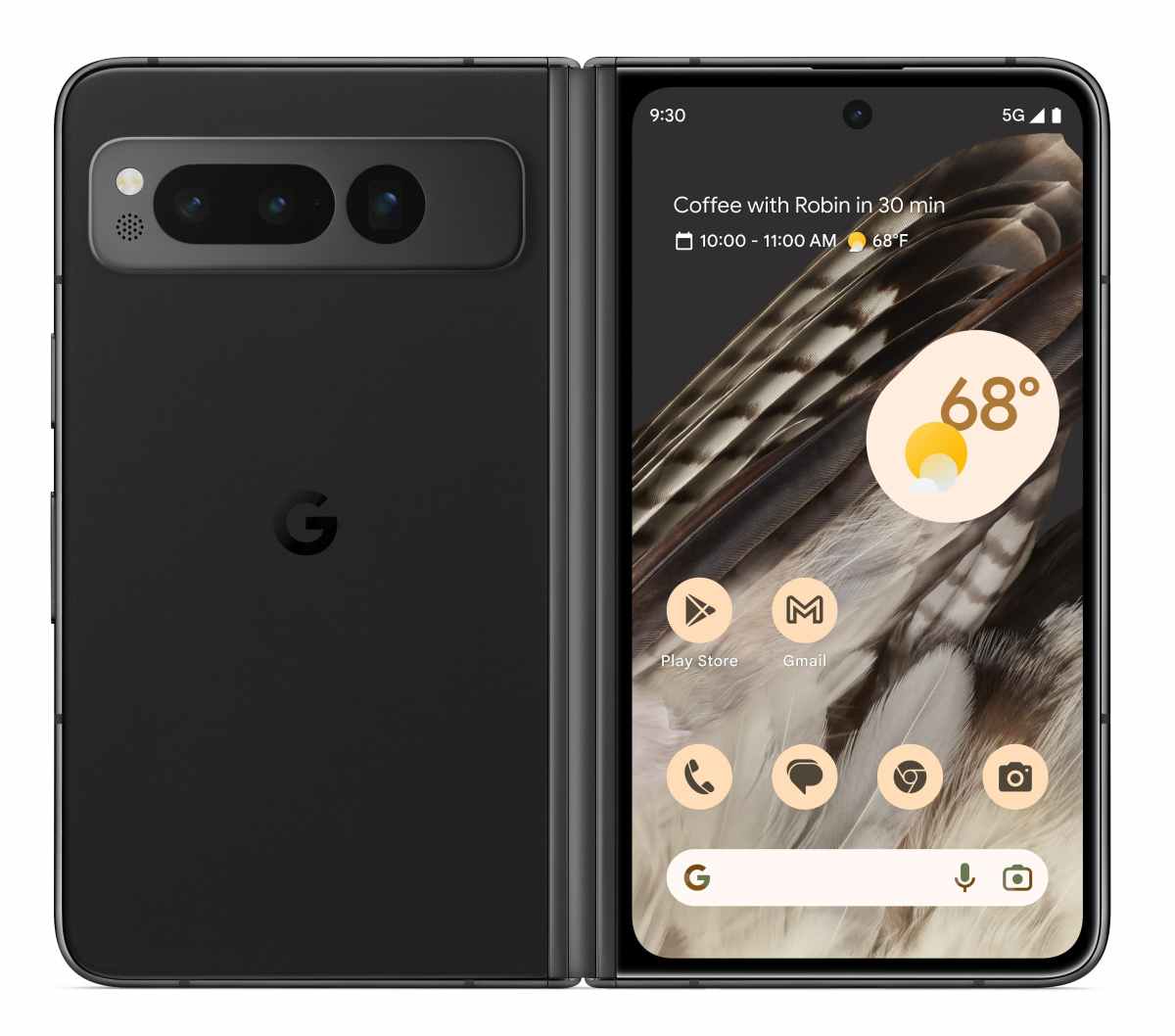The Google Pixel Fold has recently been launched, marking Google’s entry into the foldable smartphone market. Priced at $1799, it competes with other foldable devices such as the Samsung Galaxy Z Fold 4 and the rumored OnePlus Foldable. However, there have been reports indicating that the Pixel Fold utilizes camera hardware from 2017.

2017 camera hardware for the Google Pixel Fold?
According to Max Weinbach, who referred to information from Kamila Wojciechowska, the Pixel Fold’s main camera features Sony’s IMX787 sensor. The IMX787 is a 64 MP camera that is also used in the new Pixel 7a. However, on the Pixel Fold, it is labeled as a 48 MP sensor, suggesting that cropping is applied. The Fold also incorporates a S5K3J1 telephoto sensor, which is a 10 MP 1/3.24″ sensor that has been previously used in the zoom lenses of the Samsung Galaxy S21 Ultra. The same S5K3J1 sensor is also employed as the front-facing selfie camera on the Pixel Fold.
Underneath the ultra-wide-angle lens of the Pixel Fold lies a Sony IMX386 sensor, which is a 12 MP sensor that has been used in older handsets like Xiaomi’s Mi Mix 2 and Mi 6. Lastly, the inner screen of the Pixel Fold utilizes an IMX355 sensor as its selfie shooter. This IMX355 sensor first appeared as the selfie camera on the Pixel 3 and 3 XL back in 2018.
Considering the Pixel Fold’s high price point of $1799, some fans may find the camera hardware somewhat disappointing. While the primary camera appears to be competitive, the presence of older CMOS sensors in the foldable’s camera setup may raise concerns. It’s worth noting that this is not the first time Google’s devices have faced criticism regarding their camera hardware.
The Google Pixel Fold has made its debut in the foldable smartphone market, but the utilization of 2017 camera hardware may be seen as a drawback by some.
To get our latest news once they’re published, please follow us on Google News, Telegram, Facebook, and Twitter. We cover general tech news and are the first to break the latest MIUI update releases. Also, you get issues-solving “How To” posts from us.